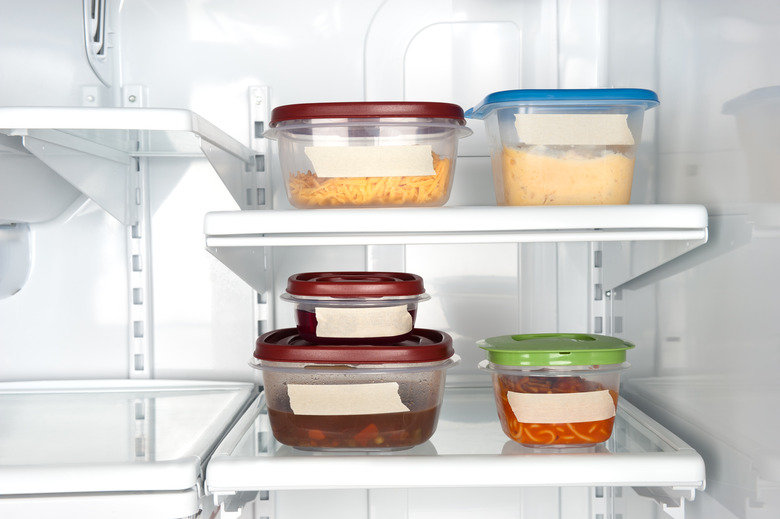What Causes A White Film On Your Plastic?
Plastic bowls, cups and serving dishes are convenient and copious in kitchens and workshops all around the world. When those handy plastic items become dingy or stained from overuse or too many trips through the dishwasher, it can feel and look cloudy no matter how many times it has been scoured and scrubbed.
When the white, cloudy film begins to take over the opaque or clear plastic ware that you rely on, you need to figure out the origin of the issue and clean the plastic items that have been affected. This two-front process can help you gain back control of the cleanliness of the plastic items in your kitchen cupboards.
White Stuff on Tupperware
White Stuff on Tupperware
The higher end plastic ware is often used for its convenience, as well as its aesthetic. The white spots on plastic containers in a dishwasher are more than likely from normal wear and tear. When the porous surface of Tupperware gets scrubbed clean, then placed in the dishwasher, it's subjected to the forceful water of the cleaning machine.
Every nick and pit from a nylon sponge or utensils when eating from the plastic dish causes the material to retain more moisture. It also creates a miniscule space for food to find a place to settle.
Plastic glasses, bowls and plates are lightweight. The force of the hot water in the dishwasher can flip them around in the baskets when you don't crowd plastic and allow it to tumble on the top rack. This will cause deep but tiny divots that will eventually create white spots and other aesthetic issues.
Water Issues for Plastic
Water Issues for Plastic
A common reason that a fine white film begins to take over the surface of the plastic ware is hard water. If your water that flows from the tap has an excessive amount of minerals, then it can etch the relatively soft sides of plastic bowls, plates and cups.
When plastic is placed in the dishwasher and allowed to dry, it can leave behind unsightly spots that appear to be chalky and white. Bathe the plastic in a large tub of distilled water to clean them thoroughly, especially if find that the dishwasher white reside is chalky.
Hot Water Problems for Plastic
Hot Water Problems for Plastic
The hot water in dishwashers is significant, and there are ongoing studies about how or if hot water can corrode or break down the plastic. The U.S. Food and Drug Administration has banned bisphenol A, or BPA, for use in plastics after concerns that the chemical often found in plastic could leach from the item, such as baby bottles, due to the hot water.
Health advocates recommend avoiding plastics with recycling codes 3 (phthalates), 6 (styrene) and 7 (bisphenols). If the plastic is labeled bio-based or greenware, then they may be safe to use and wash in super-heated water such as what is used in the dishwasher.
Handwashing Plastic to Keep it Clear
Handwashing Plastic to Keep it Clear
Washing plastic dishes by hand ensures that the item receives the least amount of damage from hot, forceful water from the appliance. Use a wand or dish brush. This will reduce the amount of force used to remove bits of food or sauces from the sides of the plastic dish.
Small, thin nylon brushes built for cleaning plastic and metal straws are ideal for getting into the grooves or down in the deep cavern of baby bottles. They are soft enough to not damage the plastic while effective enough to remove grit and grime quickly.
